Tracks and Signs of Animals and Birds
Tracks and Signs of the Animals and Birds of Britain and Europe
A book review
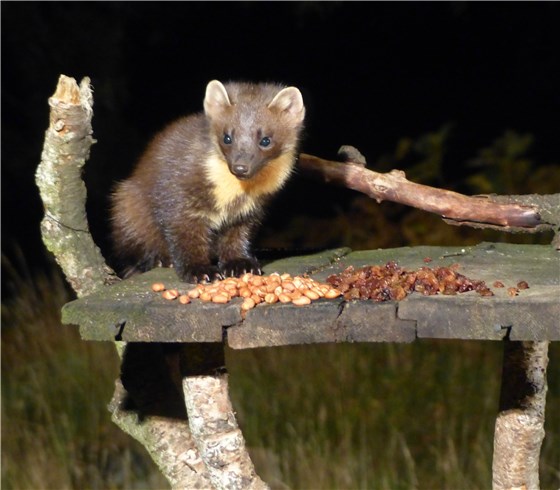
Ever wondered if a pine martin was in the woods?
When I was young, maybe eleven years old, I had a book about the tracks and signs of animals. The book was given to me by my parents to try and broaden my wildlife interest away from my obsession with birds, not sure how well that worked! But I can still remember the excitement of heading out into the North Wales countryside to search for tracks and signs. Of course I did not find many, sadly, not many wild animals about to leave tracks. But I can remember finding rabbit burrows that I was convinced were badger setts and fox dens! Family holidays to the Highlands of Scotland allowed the discovery of Red Deer footprints but I found little else. Perhaps I was too busy looking at birds to really focus on tracks and signs? Or maybe I needed a little more help? Either way my enthusiasum soon waned and it was back to birds full time. That said the book still lived on the book case and made the odd excursion off the shelf to dream about finding exciting mammals.
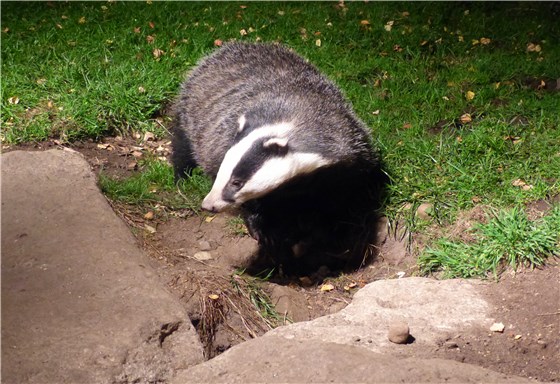
Are there badgers near you?
Now a new book has been published “Tracks and Signs – of the animals and birds of Britain and Europe”, and of course the inclusion of birds got my interest! This new title is eye-catching with a colourful cover, featuring Black Woodpecker, red squirrel, elk and reindeer. A quick flick through the 270 pages and it is obvious that this is a lavishly illustrated book, packed with colour photographs.
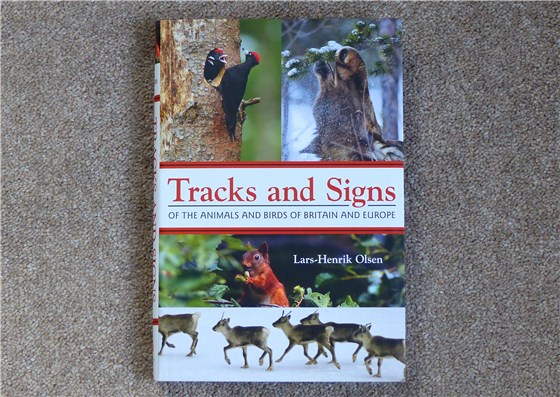
This book opens a window on the wildlife that is there but mostly unseen. We seldom see many wild mammals but with this book you can see what is in the area, even if the animal itself is not easily seen. Of course once you know an animal is living in your neighbourhood you can then make plans to try and catch of glimpse of it. So this book is the start of many possible wildlife adventures and really gets the adrenalin flowing!
The book begins with a section showing the tracks of animals, and yes birds, which is very helpful, particularly as many of the tracks are shown life size. The fact that all the tracks are together is very useful, so it is easy to compare them rather than flicking back and forth through a book to find similar tracks. Next comes “Antlers” which shows the different types of these you might encounter but sadly does not show all the species possible to find. Bird tracks are covered next and of course this was of great interest to me. Of course there is not space for the book to show the tracks of every bird species in Europe, and even I would find that book a little dull, but it does show the more obvious family feet. An illustration shows the different types of bird feet and then the tracks they leave are shown, but not at life size. The text then goes on in more detail to highlight some of the bird tracks you might be able to identify in the field. Photographs show how the tracks look in the field, very useful and these are accompanied by a good picture of some the birds mentioned in the text. There's some useful stuff here for the birdwatcher, for example the size of swan and geese footprints could help you know which species are in the area before you see the birds themselves, or maybe what you have missed earlier in the day!
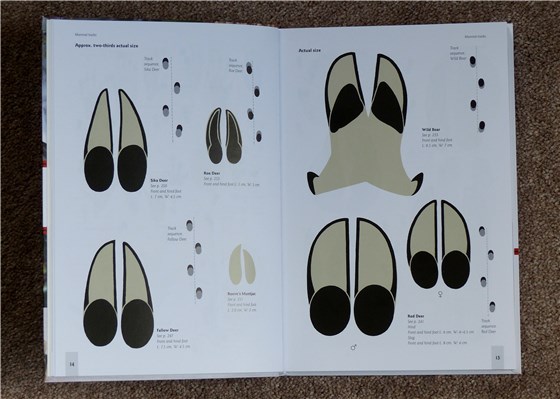
Scat is the next thing to be dealt with, droppings, poo, crap, call it what you will, this is one of the best ways to tell what animals are in your area. Many types of scat are distinctive and are often left in places that are easy to find,so don’t be squimish, scat ID is a big help to finding animals. There are eleven pages devoted to dung again with many colour illustrations and photos to help you identify that particular dump you come across. Birds are again included, though few are really identifiable from their droppings. That said some definitely are and it can be a useful aid to knowing a species is in your area, grouse for example. Forest species like this can be very elusive but their droppings can be found giving you proof that they are about and spurring you on to see them.
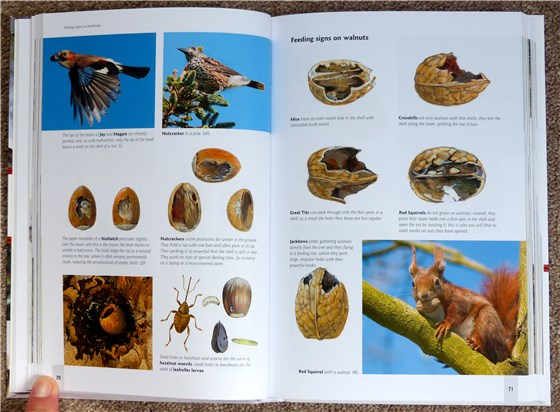
An excellent section on “Feeding signs on trees” details which animal makes which marks on trees, and there are plenty to look for. These marks include gnawing by deer, voles, beaver, bears, squirrels, rabbits and hares. It also the different fray marks made on trees by deer with their antlers. For birdwatchers there is a very helpful section showing how different species deal with cones and nuts, again helping you identify which species are in your area. Keep a look out for those hazel nuts opened by Nutcrackers! The pages covering bird pellets is very comprehensive and may surprise some that such a range of birds produce pellets, not just owls and raptors. The nests and feathers sections are perhaps a little less useful as this is such a huge subject - you'd almost need a whole book for each! However, the section on raptor feeding signs is a lot more useful to the birdwatcher and again could alert you to the presence of a good but unseen bird locally. A warning though, it does make for rather gruesome reading though, there are certainly no punches pulled here!
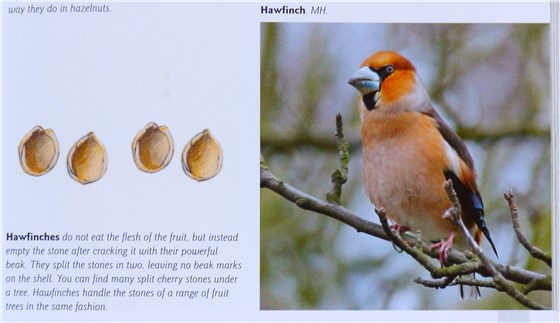
On page 106 we reach the species accounts for mammals. Each species is covered in detail, including distribution map, colour photographs, and even health and safety warnings where applicable. Of course each animal’s signs are described giving the reader the best possible chance of finding the species. There are some stunning pictures here, which are alone worth buying the book for. How often have you seen a picture of a Norway Lemming? We will certainly be looking out for this cute little chap on our next birdwatching tour there in May/June 2014. And yes, this book will be on the packing list for all our tours in future.
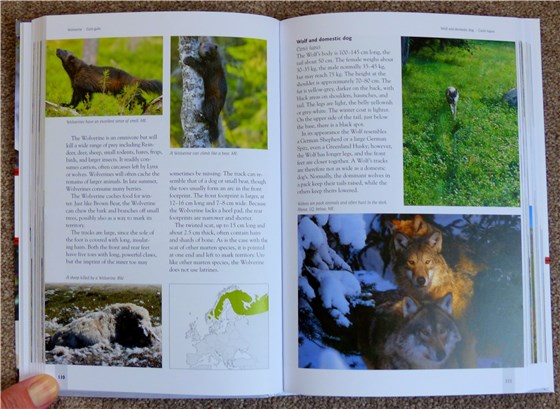
The coverage of seals looks like a bit of an after-thought, just one page which includes photos and maps – so little room for text. But this is a very small niggle in an excellent book which has rekindled my interest in tracking down more mammals and looking more carefully for the signs of birds. This book is certainly highly recommended - perhaps something for your Christmas list?
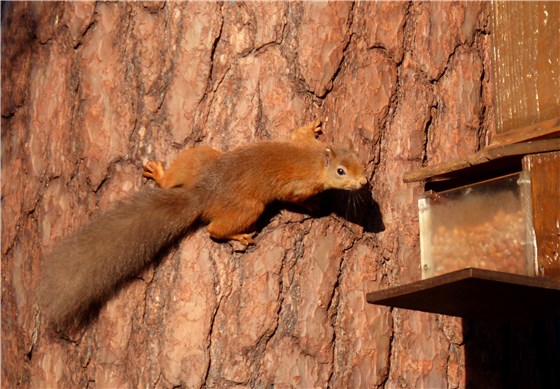
Tracks and Signs of animals and birds of Britain and Europe.
By Lars-Henrik Olsen.
Published by Princeton ISBN: 978-0-691-15753-5
This guide helps you identify the tracks and signs of a variety of mammals and birds.
Covers 175 species.
Illustrated throughout with photos, drawings and artwork.
Includes informative descriptions of mammal species along with distribution maps.
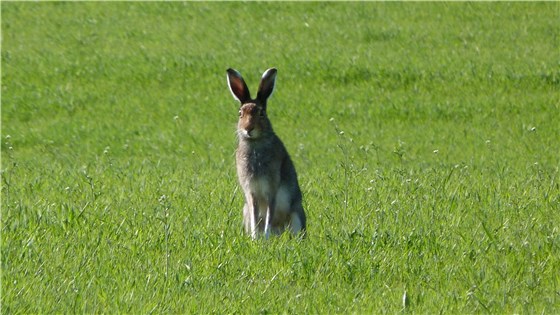
That's all folks!